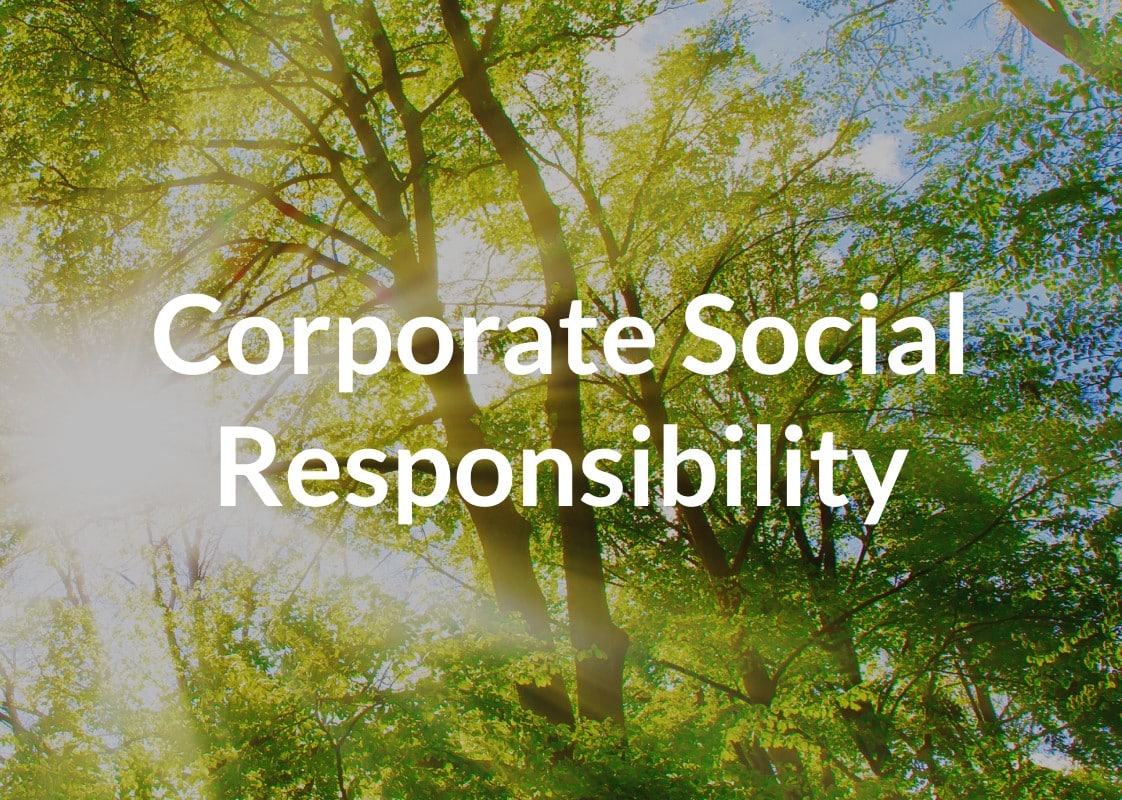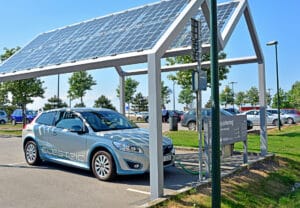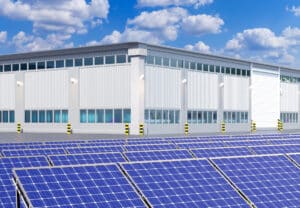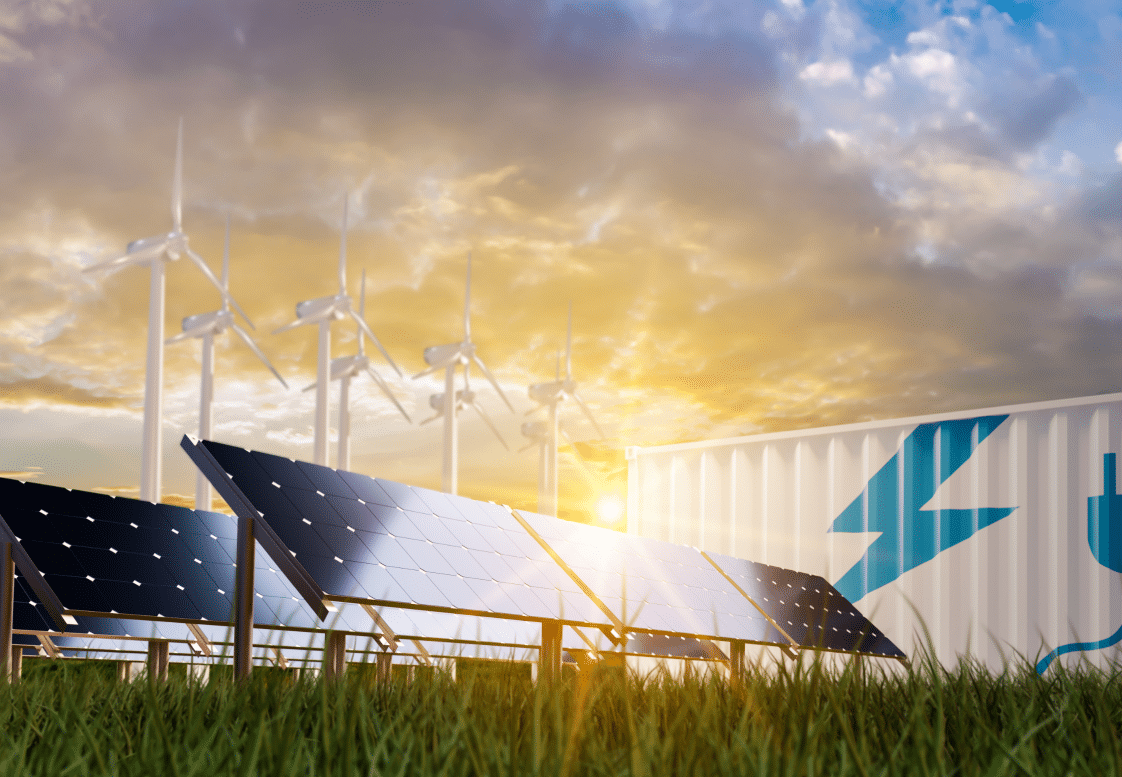
As you know, there’s no escape from smart technology in 2022; it’s the next big step in energy efficiency, and it’s revolutionizing various industries.
At the same time, the world is seeing a major shift toward adopting renewable energy resources. Traditional energy sources are being swapped out for their greener and often cheaper alternative.
The amount of renewable energy produced in the US alone is expected to double to 21.7 quadrillion Btus by 2050, with the rest of the world following a similar pattern.
But as industries turn greener, which smart energy solutions should be utilized to get the most out of the latest energy sources?
Let’s explore smart energy and the best solutions to increase oversight, stay ahead of Net Zero goals, and identify opportunities for improvement.
What is smart energy?
Smart energy means optimizing energy costs and efficiency using innovative technologies to build and operate a sustainable energy management system.
It’s not only about optimization and efficiency, but also refers to integrating tools for data collection, monitoring, and remote control.
This has considerable benefits for existing energy infrastructure and is an important part of the global push for renewable energy.
Additional oversight and proactive management are necessary to spot and resolve inefficiencies, reducing energy waste. This results in lower costs while maximizing the true value of renewable energy resources.
While extra consideration is needed when handling renewable energy generation, energy storage is an equally vital component that benefits just as much from smart energy technologies.
Why switch to smart energy?
Switching and upgrading to smart energy is beneficial in various ways:
- Enhanced oversight helps identify existing inefficiencies and opportunities to improve.
- Having the means to track, report, and improve energy systems lets you stay ahead of governments pursuing Net Zero goals.
- Greater awareness of environmental impacts and improved reactivity to malfunctions can mitigate ecological disasters.
- Addressing all the above factors adds up, creating long term savings
As global supply lines face energy instability caused by conflicts and pandemics, optimizing energy systems becomes a matter of security, sustainability, and efficiency.
In the long-term, optimizing energy usage through smart energy solutions and renewable energy will save you a lot of money.
The remote control of sites saves time, resources, and cash, as you can manage the site without having to be there. This is particularly great for sites in hard-to-reach locations – no more waiting several days to hear back from the people who have gone out there to fix the problem.
Having this overarching visibility is a major asset.
Top 4 Smart Energy Solutions
If you’re looking to integrate smart energy solutions into your business, look no further. Whether it’s part of developing a Climate Action Plan, raising energy asset efficiency, or overall energy availability, there are several ways to reach your goals.
Energy asset management tools
Energy asset management is all about effectively overseeing energy systems to identify inefficiencies and resolve maintenance issues before they become major malfunctions. As the world’s energy dependence has exploded over the past few decades, so has the demand for better management and optimization.
By the end of 2022, the energy management industry is expected to reach almost $10 billion.
Why all the fuss? Well, energy management has demonstrated the potential to:
- Increase efficiency and reduce energy use
- Detect performance issues and identify system weaknesses
- Maximize renewable energy utilization and minimize carbon footprints

Galooli
If energy asset management sounds like the smart energy solution for your business, Galooli offers an excellent platform for this purpose.
Galooli is a leading innovator in remote energy monitoring and management. Our agnostic remote energy asset management platform is compatible with many ICT entities and Industrial facilities and focuses on improving energy efficiency while reducing operational costs and limiting carbon emissions.
Galooli provides live monitoring of energy assets and their KPIs and reveals actionable insights that help stakeholders optimize their remote site operations.
Our RMM platform prioritizes comprehensive oversight and notifies customers of the most problematic sites and assets.
With Galooli, you can take care of routine functions such as batch firmware and software syncs, so the need for site visits and maintenance checks decreases dramatically.
That means savings on maintenance costs and faster remediation and update times.
Pros
- Holistic integration and granular oversight over a wide variety of energy assets
- The agnostic platform integrates with existing hardware or directly through the cloud
- Detailed visual dashboards focused on both individual asset accesibility and performance overviews
- Periodic customized reports historical and live data-based actionable insights
- Comparing evaluated performance based on internal benchmarks across all sites and units
Price: Upon Request
IoT Connectivity
In a world of smart technology, stable connections are a vital piece of infrastructure.
IoT-integrated energy management is another way of describing the smart energy upgrade process. IoT connectivity emphasizes network security as a key function of energy management.
The broader scope of all possible linked IoT technology allows for even greater control and visibility over entire energy systems. That same breadth of coverage makes an accessible management platform all the more necessary.

FirstPoint
FirstPoint’s Cellular Connectivity Management Platform (CMP) enhances the security of any devices connected to a mobile network.
Combined with increased visibility of devices within the network. The CMP lets service providers and large-scale cellular-based IoT organizations completely control and secure their networks.
There are possible threats against IoT, which can drain battery life and reduce the lifespan of IoT deployments. It’s important to have some safeguards to protect your business from possible attacks.
Pros:
- It provides centralized visibility, as you can manage all your device from a single platform
- It’s future-proofed. It works with any device from 2G-5G and beyond
- Can be scaled with ease
Renewable energy
As countries worldwide are seeing abnormal weather patterns with increasing frequency, the switch to renewable energy is more important than ever.
Almost all renewable technologies are getting cheaper and more efficient every year, so it’s becoming the best option for many businesses.
Solar energy, in particular, has managed to stay ahead of other renewables as the cheapest and most popular option. That said, the physical limits of solar availability can create challenges for stability and long-term value.
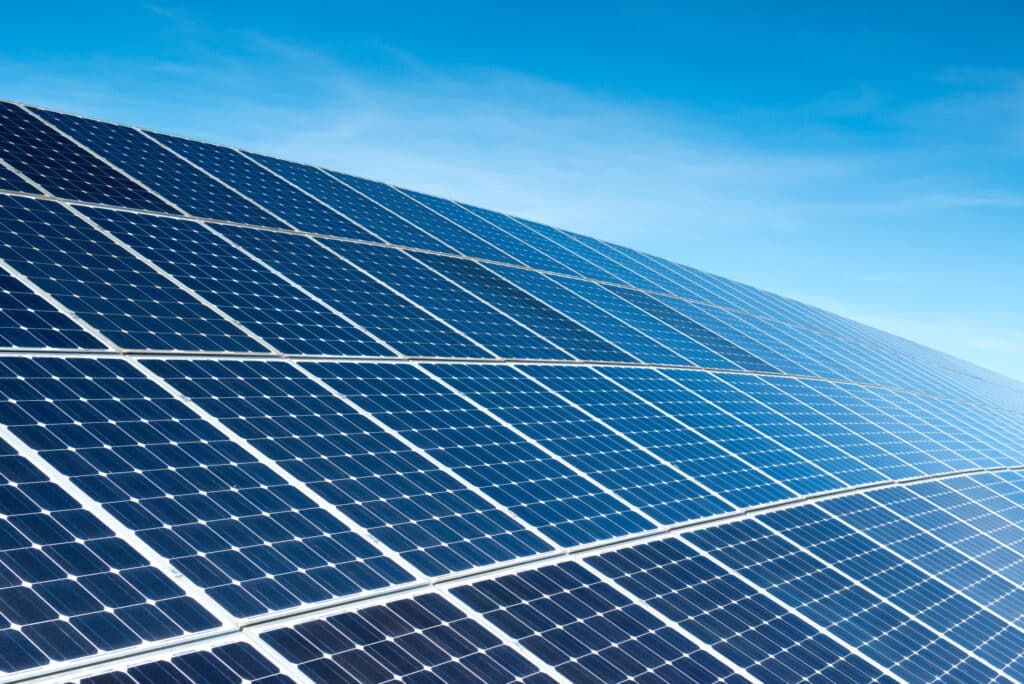
Solar Energy
None of the renewable energy options is more widely available and accessible than solar photovoltaic power.
The cost of solar power has dropped at least 85% in the past decade, and increases in the underlying technological efficiency are expanding the areas where they can be used profitably.
This is one of the most direct ways organizations can reduce their carbon footprint and use natural resources that are already available.
Smart Buildings
Residential and commercial buildings comprise nearly 60% of the world’s electrical consumption.
Generally, site energy constitutes a significant portion of a business’s overall expenses, making energy optimizations all the more important.
There are several ways to integrate smart building technology into most types of buildings:
Remote Monitoring
The first step in making buildings smarter is to start collecting more data. More information makes it possible to detect hidden trends and create intelligent responses.
Remote monitoring is also a vehicle for improving security, letting you track individual onsite elements or simply connecting to existing security assets like motion sensors and door alarms.
Smart Sensors
To collect data effectively, you need smarter sensors that, on top of having more detailed data tracking, are connected to a network. That way, all that information is available live, letting businesses make informed decisions from moment to moment.
Smart sensors come in all shapes and sizes and are compatible with almost any site or facility.
Whether it’s collecting information or distinguishing between several types and sources of use, smart sensors are integral to better building management.
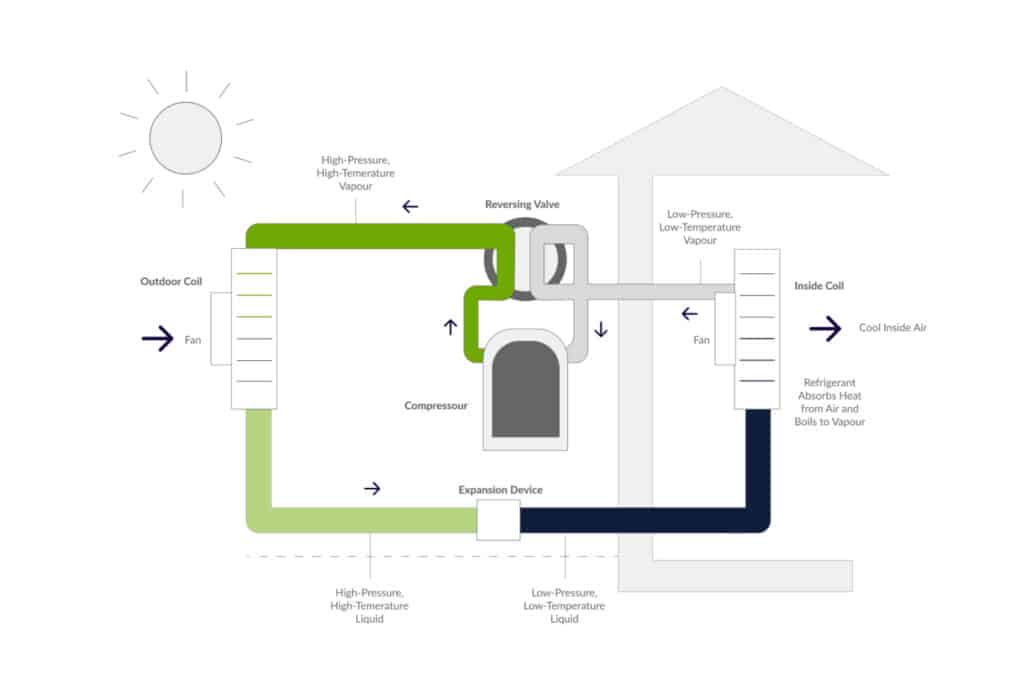
Heat Pumps
Also known as ‘ultra-efficient heat pumps,’ these are a new addition to the classic HVAC suite. Instead of converting fuel or electricity into temperature control, heat pumps combined with other smart technology save energy by intelligently moving heat in and out of a building.
Getting started with Smart Energy Solutions
No matter what kind of smart energy solution is best for you, there’s one that will always be helpful: remote energy management tools.
Galooli’s RMM platform complements energy system upgrades, letting you document baseline statistics and get actionable insights over time.
For optimizing performance over the lifetime of your site, there’s no better option than Galooli.
Connect With Us
Are you ready to transform your data into
operational cost savings & efficiency?





















